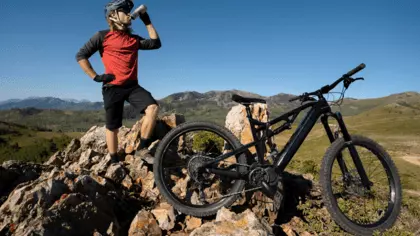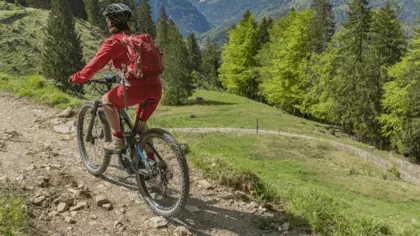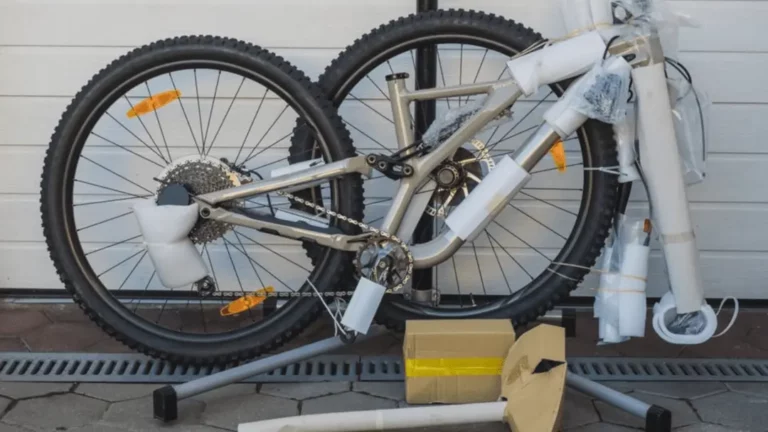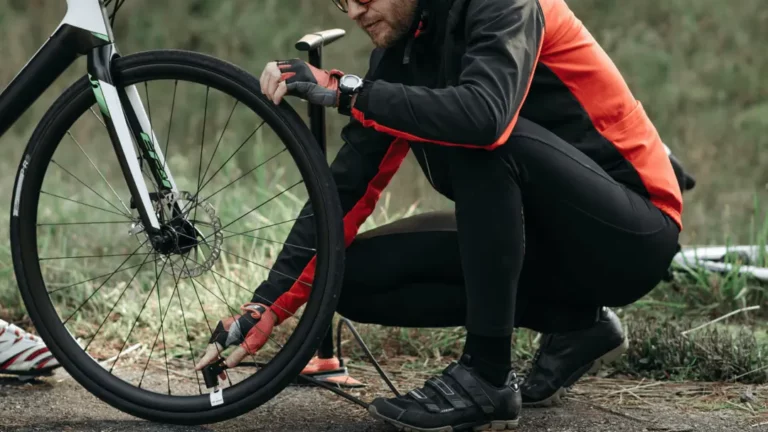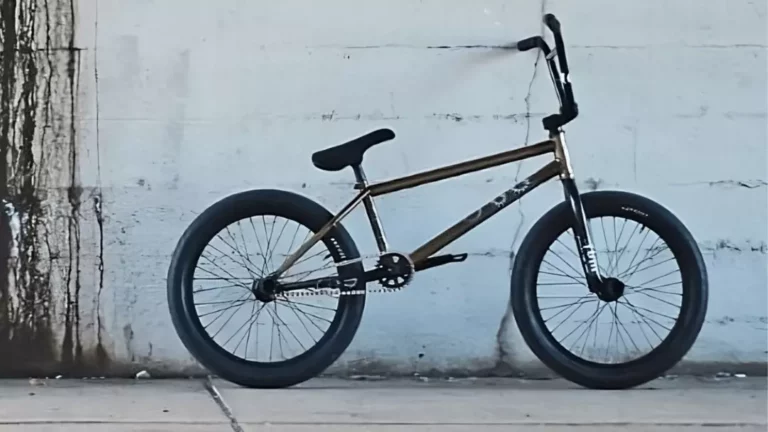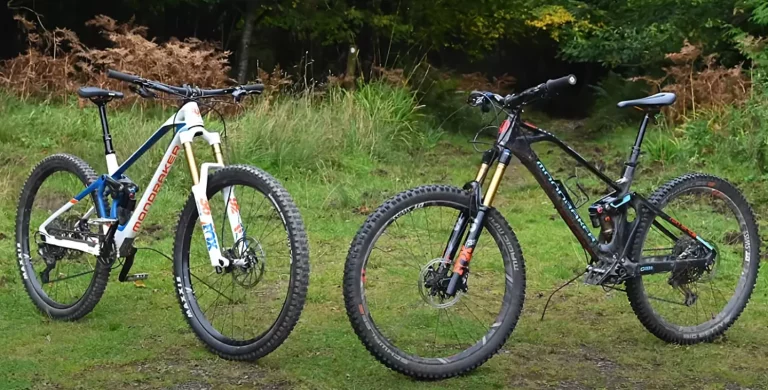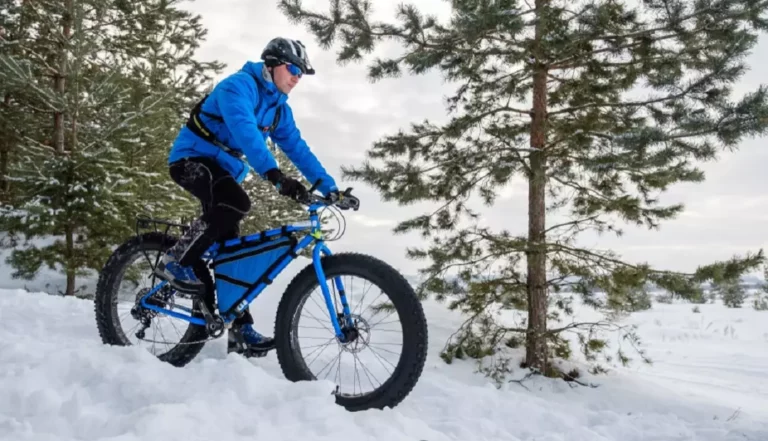How Do You Ride a Bike Uphill?
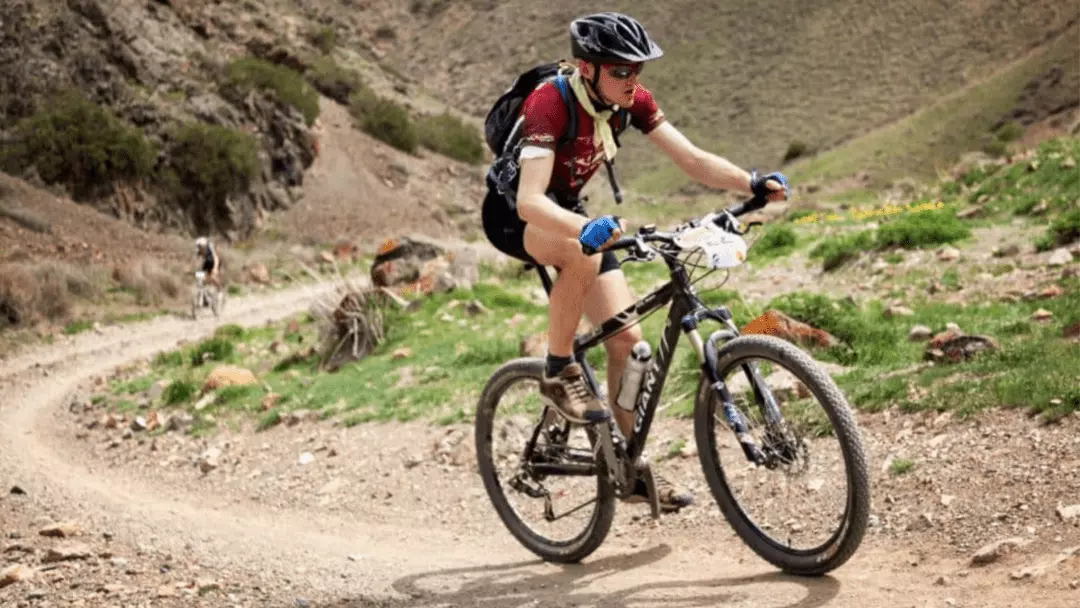
When you cycle, you see each coming hill as a challenge and you wonder how do you ride a bike uphill.
The first thing to know about uphill cycling is that it’s difficult. There’s no escaping that fact, so it’s better to acknowledge it, accept it, and move straight onto the business of how to make it easier.
How do you ride a bike uphill without getting tired?
If you’re struggling with hills the first thing to check is your equipment. Not only to massage your ego a little bit but because it’s the fastest and easiest thing to address. After all, building fitness isn’t as easy as raising a seat or pumping up your tires.
Speaking of which, these are the very first things you’ll want to check. Improving your ability to cycle uphill can be a simple matter of checking your tire pressure and ensuring they are inflated adequately. Running at low pressure can really reduce the efficiency of your pedal strokes, after all, it’s your tire that’s transferring this energy to the ground.
Another simple fix could be the height of your seat, as this will affect the extension of your leg and thus the amount of power you can generate per stroke.
As a rough guide, you want to make sure that when you reach the bottom of your pedal stroke, your leg and knee aren’t quite fully extended, but aren’t too far away from fully extended either. This will ensure you’re getting the maximum amount of force out of each push.
If you’re still having issues with your uphill performance it might be worth looking at whether you’re using a bike that is holding you back.
Generally speaking, bikes that are fully rigid with road bike geometry make climbing the most comfortable. If you’re using a mountain bike that has suspension forks or a rear shock you should check whether or not they have the ability to lockout or adjust the rebound, which will make them stiff and help prevent energy from being wasted as your suspension absorbs some of your momentum.
In a similar vein, you may be using tires that are less well-suited to uphill cycling. Generally, the thicker the tire and the more aggressive its tread, the harder it will be to pedal uphill with.
This is why road bikes and hybrid bikes have relatively narrow tires, to reduce friction, as tarmac tends to give plenty of traction even with thin tires. Mountain bikes on the other hand have thicker tires to maintain traction off-road, however, they can feel sluggish and create too much resistance when climbing.
You should also make sure that your position on the bike is correct. The best position for most uphill riding will have you hiked up towards the front of your saddle, and leaning towards the handlebars.
The amount you lean forward will increase with the steepness of the hill, until during very steep climbs when you may need to get up out of the saddle entirely and lead over the handlebars.
This positioning keeps both your keeps turning and helps with traction at both ends, preventing your front wheel from lifting off the ground and making you lose control.
If you’re willing to be a bit more elaborate or have the budget for it, looking at your gear setup could be an option too. You might well have a groupset that isn’t giving you enough gears to drop into during steep climbs. Be aware that this isn’t always a very cheap option, however.
A final thing to consider may be clip-in pedals, as these allow you to benefit from pulling the pedals up as well as pushing them down, allowing you to use different muscles on both sides of the pedal stroke.
Finally, and reluctantly, we have to address the elephant in the room. The most important thing that will improve your ability to ride uphills is you. The more you ride and the fitter you get the easier hills will become.
Before long hills you used to struggle with will become less and less daunting so stick with it!
See Also: Best mountain bike pedals
Are road bikes easier to ride uphill?
Road bikes are certainly easier to ride uphill, provided you’re riding uphill on an actual road. Trying to ride a road bike up even a slightly rocky firebreak or path will really impede your stability and isn’t advisable.
However, on a relatively smooth road, road bikes will definitely make your uphill riding a little more comfortable. This is because the whole shape and geometry of your bike are designed to be as comfortable as possible for transferring power to the pedals.
Road bikes are also very often extremely light and aerodynamic. A light bike makes it lose less momentum to gravity, improving your rolling speed and pedal efficiency, while an aerodynamic bike cuts through the air much more easily, reducing air resistance and drag.
Road bikes also tend to have a wider selection of gears meaning you’ll be able to keep your pedal cadence high and have somewhere to fall back to if the hills get extremely steep.

Steve Beck is a passionate cyclist and experienced writer covering the cycling industry for over a decade. He has a wealth of knowledge and expertise in all bike-related things, from the latest products and technologies to the best routes and trails. His articles are well-researched, informative, and engaging, and he has a talent for explaining complex cycling concepts in a way that is easy to understand. Steve can be found on the road when he’s not writing about bikes, putting his knowledge and skills to the test.

